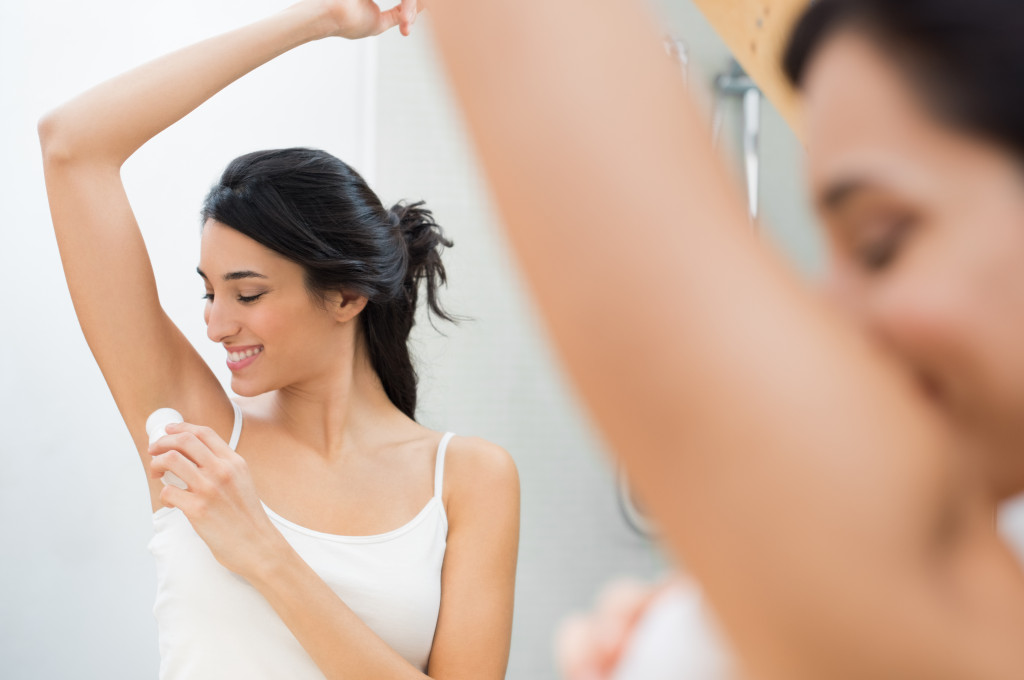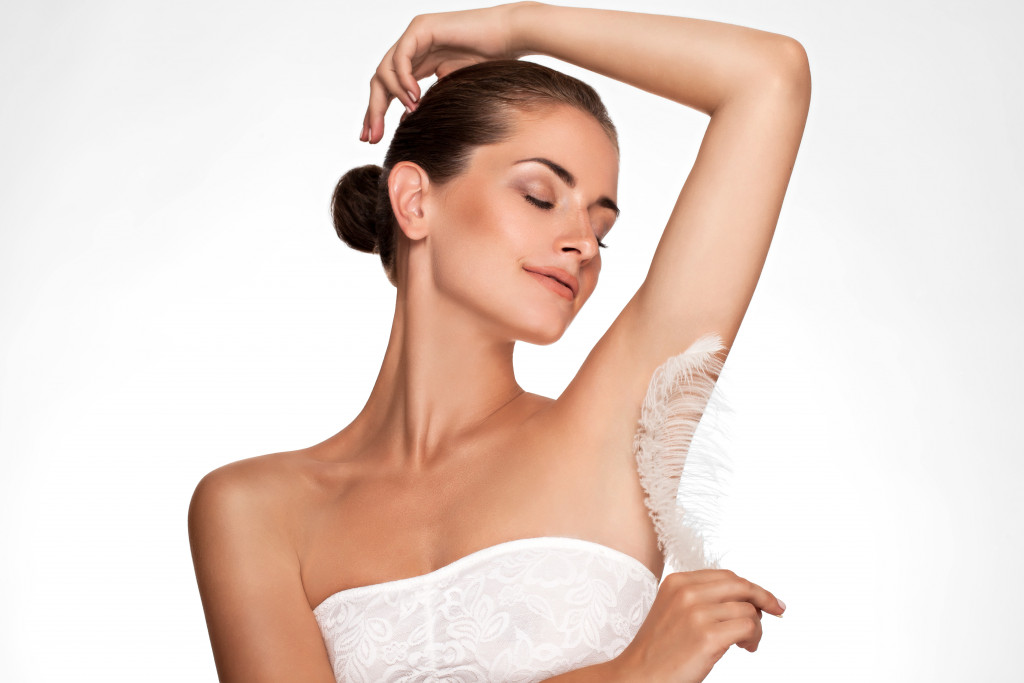- Underarms need care due to thin skin, high sweat glands, and hair follicles contributing to irritation and infections.
- Boost self-confidence and promote self-care by maintaining healthy underarm skin and preventing discoloration and dryness.
- Hydrate and moisturize underarm skin using natural products like aloe vera gel and coconut oil to prevent dryness.
- Avoid harsh chemicals, over-exfoliating, and frequent shaving; opt for gentle exfoliation and alternative hair removal methods.
- Wear breathable clothing, and follow a balanced diet rich in skin-supporting nutrients for overall underarm skin health.
Healthy skin is an essential part of maintaining overall health and wellness. While many people focus on the skin on their face, hands, and feet, it is easy to forget about an often neglected area: underarms. The underarm area can be challenging to keep healthy because of its unique characteristics and the regular use of deodorant and antiperspirants.
The skin in the underarm area is unique because it is thinner, more delicate, and contains a higher concentration of sweat glands and hair follicles. These characteristics make it more prone to irritation, rashes, and infections.
Healthy skin is a significant factor in boosting self-confidence and promoting self-care. A positive body image can be affected by seemingly small things, such as dry, itchy, or discolored underarm skin.
People with healthy skin may feel more confident about showing their underarms, wearing sleeveless clothing, and engaging in activities that may have been avoided. Additionally, taking care of your skin can promote self-care, essential for stress management.
The Basics of Underarm Skin
Understanding the basic structure of underarm skin is essential before discussing how to keep it healthy. Underarm skin has three layers: the epidermis, dermis, and subcutaneous fat. Epidermis is the outermost layer of skin, which provides protection from the environment.
The dermis is the middle layer, which provides structural support and elasticity. The subcutaneous fat is the innermost layer, which provides insulation and cushioning.
Description of Underarm Skin’s Unique Characteristics
The underarm skin has unique characteristics that make it more prone to irritation, inflammation, and infection. The skin is thinner, more delicate, and has a higher concentration of sweat glands and hair follicles.
These characteristics make it susceptible to friction, sweating, and bacterial growth, leading to problems with odor, discoloration, and dryness.
Introduction to Chicken Skin
Chicken skin is a common condition that occurs when the hair follicles become blocked, leading to tiny bumps on the skin. Chicken skin can appear on any part of the body, including underarms. The bumps can be red or white and can be itchy or irritated. Chicken skin can result from shaving, waxing, or harsh hair removal methods.
It is crucial to know how to remove chicken skin in underarms naturally. Harsh chemicals, synthetic fragrances, and preservatives can cause irritation, dryness, and inflammation. There are several natural ways to nurture your underarm skin.
Natural and Gentle Underarm Care
Natural and gentle approaches are essential because underarm skin is delicate and prone to irritation and inflammation. Using harsh chemicals and synthetic fragrances can cause further damage to the skin and worsen symptoms like itching, redness, and dryness.
Hydration in Maintaining Softness and Preventing Dryness
Hydration is essential for maintaining soft, healthy underarm skin. Drinking enough water can help keep the skin moisturized and prevent dryness. Hydrating products such as aloe vera gel and coconut oil can also promote softness and prevent dryness.
Gentle Exfoliation
Gentle exfoliation is essential for removing dead skin cells, preventing ingrown hairs, and promoting softness. Use a gentle exfoliating scrub once a week, avoiding harsh scrubs and over-exfoliating, which can cause further irritation and inflammation.
Natural Moisturizers
Natural moisturizers such as shea butter, coconut oil, and aloe vera gel are excellent for hydrating and promoting soft, healthy skin. These natural products are free from harsh chemicals and synthetic fragrances, which can irritate sensitive underarm skin.

Lifestyle Practices and Prevention
In addition to natural and gentle approaches, practicing a few lifestyle habits is essential to prevent further damage to the underarm skin.
Wearing Appropriate Clothing
Wearing appropriate clothing can minimize friction and irritation on the underarm skin. Choose breathable fabrics such as cotton and avoid tight or synthetic materials, which can trap sweat and bacteria on the skin.
Discouraging Frequent Shaving and Harsh Hair Removal Methods
Frequent shaving and harsh hair removal methods can cause damage to the underarm skin. Consider alternative hair removal methods, such as sugaring or laser hair removal, which are less abrasive.
Promoting a Balanced Diet Rich in Skin-Supporting Nutrients
The food you eat can have an impact on your skin health. A diet rich in skin-supporting nutrients like vitamins A, C, and E, antioxidants, and omega-3 fatty acids can promote healthy skin from within.

Nurturing healthy underarm skin is essential for overall health and wellness. It is crucial to use natural and gentle approaches to hydrate, exfoliate, and nourish the skin.
Moreover, practicing lifestyle habits like wearing appropriate clothing, discouraging frequent shaving, and promoting a balanced diet can contribute to healthy underarm skin.
Taking care of your underarm skin promotes physical health and contributes to self-confidence and positive body image.
